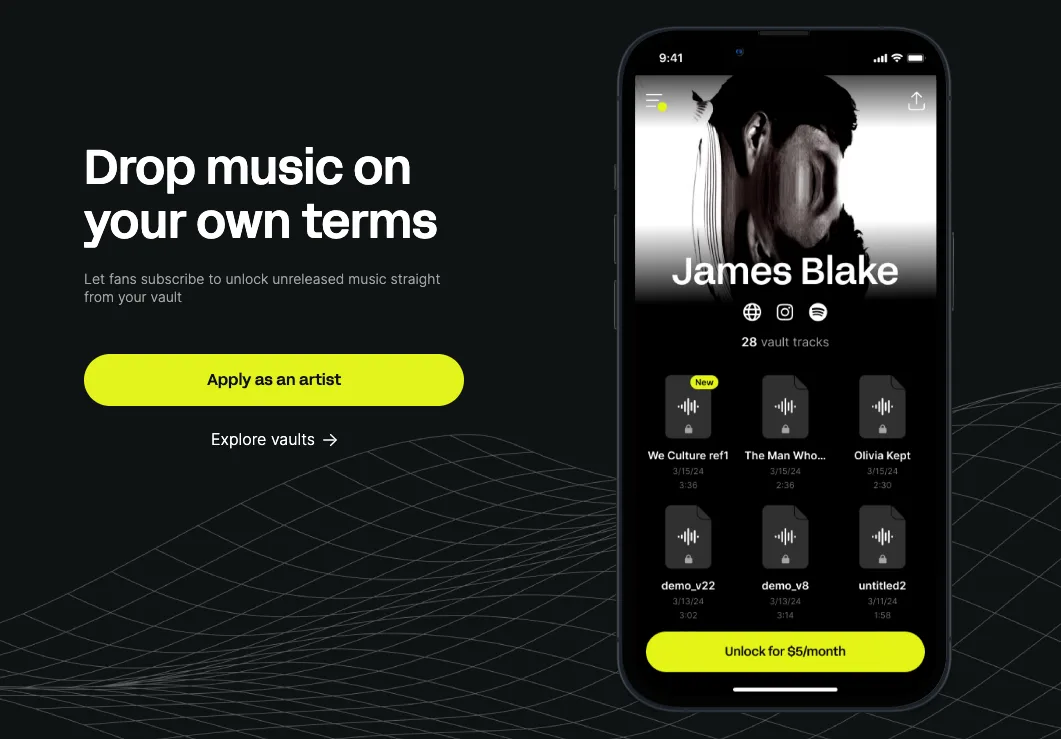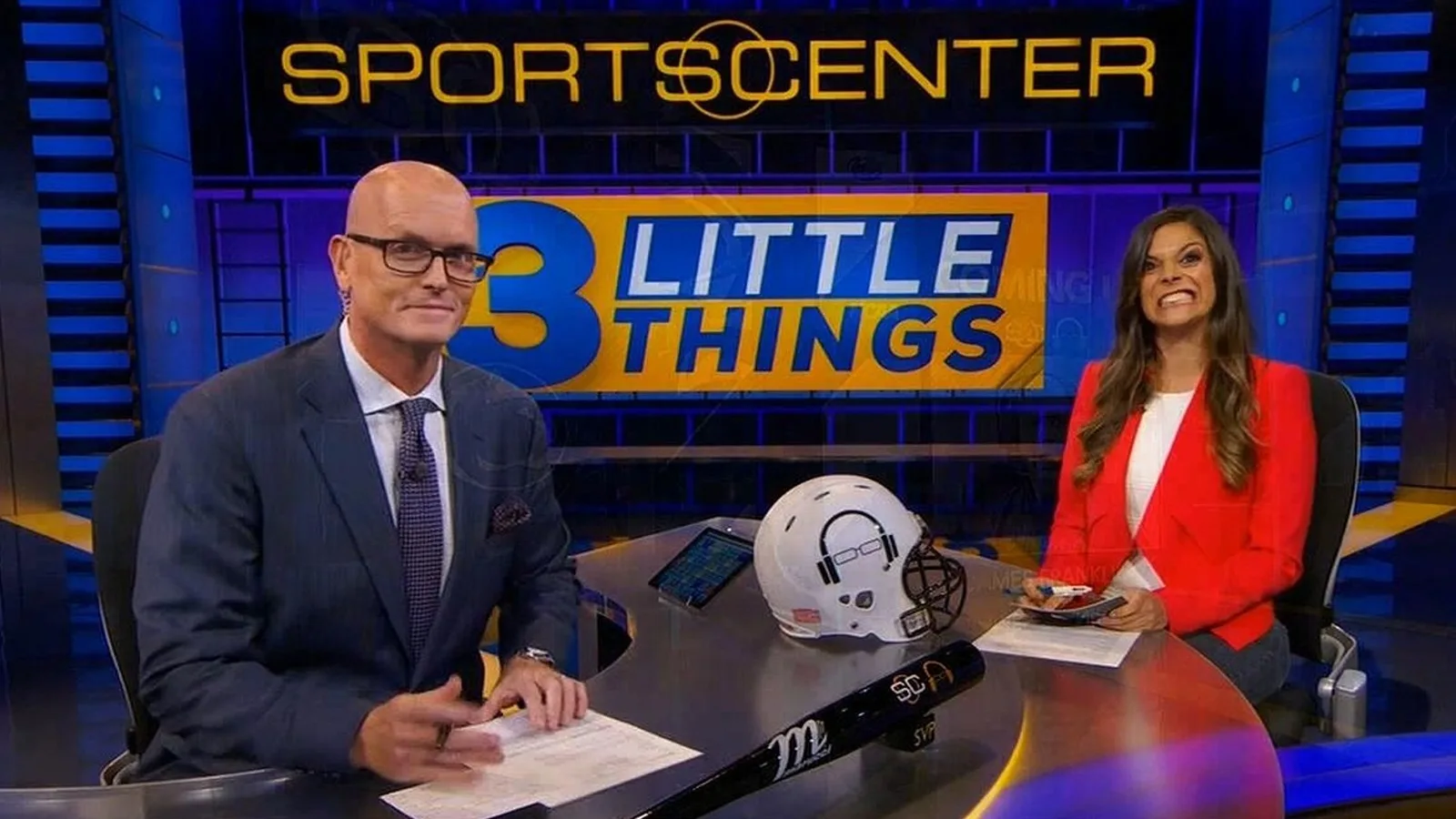These days, everyone seems to be creating videos of their friends, family, pets and nearly everything they see or do. But before sharing videos on social media sites like TikTok and Instagram, via text messaging, on websites or through email, the most savvy mobile videographers should know they can quickly and easily edit their videos right on their smartphones using a video editing app.
Over the course of several weeks, we used our smartphone to test five different video editing apps — Premiere Rush (by Adobe), Video Editor & Maker (by InShot), Videoleap Editor and Maker (by Lightricks), VlogNow VN Video Editor (by Ubiquiti Labs) and Filmora Video Editor & Maker (by Wondershare) — to see which one is the best video editing app on mobile for you. We put the video editing apps through their paces, building two different video projects featuring a Pembroke Welsh corgi named Gizmo. We noted things like ease of installation and setup, user interface, editing tools, features, content, graphics libraries, import/export and sharing options and availability of tutorials, among others.
Based on our testing, Filmora Video Editor & Maker came out on top as the best video editing app to use on your smartphone.
Filmora Video Editor & Maker
Best video editing app overall
Filmora Video Editor & Maker is a feature-rich video editing app with the largest and most varied content libraries of all the mobile apps we tested. What’s more, we found we could do more with our two test videos we created with Filmora than with any of the other apps we tested.
We found Filmora Video Editor & Maker (formerly FilmoraGo) to be the best video editing app overall due to its interface that was intuitive and quick to master. What’s more, everything is responsive and clearly laid out, with thick, easy-to-manipulate, color-coded ribbons representing auxiliary tracks, making the app the best for beginners too.
What we liked about Filmora Video Editor & Maker
We had no difficulty selecting, moving, expanding/shortening and aligning/coordinating clips. The dedicated YouTube channel has short how-to videos featuring quick edits to create unusual effects, such as replacing your shadow with one that mocks you.
While you can download additional content for other apps, most notably in Adobe Premiere Rush (which has access to Adobe’s extensive holdings), Filmora Video Editor & Maker has the largest and most varied libraries installed with the app. The scores of transitions include both optical and geometric effects (such as the rotating cube we used in our “Good Boy, Gizmo!” video that we discuss later in the “How we tested” section).
Similarly, the app has a wide selection of stock photos and videos, predefined green screen clips, stickers and graphics, special effects, music, sound effects and so forth. Filmora Video Editor & Maker offers cool text effects, templates with predesigned fonts and animated texts, in addition to a good variety of typefaces.
Its audio controls are robust. We were able to extract audio from a video and edit the two separately. Like VlogNow VN Video Editor, Filmora Video Editor & Maker lets you tap to indicate beats on the music timeline. The beat icons can guide you in your editing of your video so you’ll have smoother transitions. However, you can also let Filmora Video Editor & Maker automatically generate the beats, a function not available in VlogNow VN Video Editor.
Of course, Filmora Video Editor & Maker has a full range of tools for adjusting exposure, shadows and colors and much more.
We liked that Filmora Video Editor & Maker exports directly to Facebook, Instagram, Telegram, TikTok, YouTube and, of course, your smartphone’s gallery where you can share via any resident app.
The free version of Filmora Video Editor & Maker generates watermarked videos. The Premium version is $10 per month (billed quarterly) or $50 per year (billed annually). In addition to removing the watermark, the Premium version includes 1GB of cloud storage.
What we didn’t like about Filmora Video Editor & Maker
Filmora Video Editor & Maker doesn’t support Dropbox, Google Photos or other third-party cloud storage for import or export. Also, when we purchased our Premium monthly installation for testing, it took a little digging as the monthly payment option wasn’t obvious to us at first.
Filmora Video Editor & Maker is a feature-rich program with the largest and most varied content libraries installed with the app. What’s more, we found we could do more — and have more fun — with our test videos in Filmora Video Editor & Maker than in any of the other apps we tested.
Sally Wiener Grotta/CNN Underscored
Mobile video editing apps aren’t precise or full-featured when compared to desktop computer apps. But they are quick and easy options intended for individuals who don’t want to spend much time between capturing videos on their smartphones and sharing their short movies.
Every video editing app is built around a standard multi-track interface inherited from professional software (like the interface shown in the screen capture from the Filmora app’s movie above). At the top of the screen is usually a playable preview of your movie, which changes in real time as you add elements. Below that is usually the horizontal timeline with at least one track each for video, audio and text. The app you choose may also have additional tracks for special effects, graphics and other auxiliary elements. The “playhead” is a vertical line that bisects all the tracks and indicates what moment in the timeline is currently being played in the Preview window.
The main (or only) video track is where you combine the primary video clips you will use in your movie, such as the three that we used during testing in our “Good Boy, Gizmo!” movie (see below in the “How we tested” section). You can use clips from three sources:
- Videos or audio that you’ve previously created or downloaded from the web
- Video, photos and sound that you capture from within the app by using your smartphone’s camera and mic
- Stock footage or sound tracks included with the app
The latter option of stock footage or sound tracks is available in all five of the apps we tested.
In all of the tested apps, when you’ve finished editing and combining your videos, and adding sound, text, graphics and other pictures as well as audio and visual special effects, you then have to tap to export the movie to the shareable MP4 format. Then, share to the social networks supported by the app. Or you can send the movie to other networks or communications apps supported by your smartphone from its photo gallery.
When you’re thinking of purchasing a video editing app, first download the free trial version (if available) and consider the following six areas:
- Picture-in-Picture (PiP) and green screen compositing
- Tutorials
- Interface
- Content
- Editing tools
- Import/export/sharing options
More on each of these six areas below:
PiP and green screen compositing
Sally Wiener Grotta/CNN Underscored
A great example of Picture-in-Picture (or PiP) is our test project for this review, in which the base video is a photograph of a television set into which we inserted a video of Gizmo the dog (see the screen capture from the Filmora app’s movie above).
Green screen editing (which is also called “chroma key”) is a type of PiP. You’ve seen it in Superman films, when it looks as though he’s flying in the sky, but he was actually filmed suspended in front of a green screen. Then, in processing, the green was replaced by a video of the sky. You can make all kinds of creative videos with the use of a piece of green cardboard, if your app offers that type of editing.
The tutorial options and FAQs available in most video editing apps tend to provide only superficial help. We prefer to go directly to YouTube and search for a channel dedicated to the app. If a dedicated channel is available, then check out the third-party videos. Watch a few videos to see if they make sense to you. Then, consider the range of the tutorials. Do they cover the kinds of tasks and projects you will want to do?
Open up the trial version on your smartphone. The timeline should clearly indicate how and where you should add videos, sound, transitions, text and other material. Each clip on a track should be easy to select, move, expand or shrink, trim and so forth. It should be easy to align and sync content on different tracks to each other, with the playhead helping by acting as a snap-to guideline.
Good-size libraries of stickers and other graphics, special effects and filters, type fonts and styles, sounds and music and other material are imperative. But just as important is the type of content a video editing app offers. Look through the app’s offerings and ask yourself, do they fit your needs and style? And is there enough variety to fit the various kinds of projects you may want to do?
The best video editing apps have a comprehensive selection of editing tools for adjusting and controlling color, light, shadows and other photographic attributes of your videos. The app should also have the ability to speed up or slow down video or audio clips and the ability to fade them in or out at various points on your timeline. If you want to create effects and edits that change over time — such as the hue of a video going from blue to red — then you’ll want the ability to set keyframes on your timeline for when a change will start and when it will end.
Import/export and sharing options
All video editing apps import from and export to your smartphone’s gallery. Only some also support third-party cloud storage, such as Dropbox or Google Photos. If it’s important to you to continue to store your videos and images in a certain way, then check to make sure the app you’re considering supports the kind of storage you prefer to use.
During our pre-testing research, we found there are many different video editing apps available. We selected our five candidates to test based on desired features, user reviews and availability on at least Android and iOS mobile platforms.
We tested each of the apps with the following criteria in mind: ease of installation and setup, interface, editing tools, features, content, graphics libraries, import/export and sharing options and availability of tutorials. During testing, we also looked at how each app handled Picture-in-Picture (PiP) and green screen compositing.
We downloaded each of the five video editing apps to a Samsung Galaxy smartphone. For our tests, we developed two video projects. We created both projects in each of the video editing apps. The first project was a short movie that we called “Good Boy, Gizmo!” and the second project was a simple PiP project in which we placed a video clip onto a television screen. More on both projects below.
For our 15-second movie, we assembled three short, original videos (filmed on an iPhone and sent to us by Gizmo’s hooman) consecutively on the primary video track of each app. All three clips were much longer than we needed for our movie, so the first step in our tests was to trim each clip to an appropriate length that captured the best continuous moment within the clip. While all the apps were capable of precise interactive clip resizing, we found Filmora Video Editor & Maker’s interface to be the most responsive to our touch, with Videoleap Editor and Maker’s a close second.
We designated the first clip as the “opening” or “title” clip of our movie, and we sought the best graphic and text options within each app to establish the feeling of the title scene of a movie. InShot Video Editor & Maker won that round with its fun MGM Studio-like logo, plus an overlay that emulated a camera’s focus screen (see the screen capture from the InShot app’s movie below). But Filmora Video Editor & Maker’s lens graphic and rainbow-colored text took a solid second place. If we had chosen a different theme than a movie, then Filmora Video Editor & Maker’s significantly larger in-app libraries would have been more likely than the others to have appropriate graphics. We also added a delayed animation to our text, which we later synced to a sound effect (we address syncing in the “The original videos” section below). All the apps had good control over the timing of the text’s appearance.
Sally Wiener Grotta/CNN Underscored
For the second clip, we looked through all of each app’s materials to find an animated frame or rectangular light effect that we liked for our movie. Unfortunately for the other four contenders in this testing round, the only app that we thought gave us an attractive option was Filmora Video Editor & Maker. We chose its rainbow-colored light effect that framed the scene well (see the screen capture from the Filmora app’s movie below).
Sally Wiener Grotta/CNN Underscored
For the third clip, we added graphics and text that fit the theme of “Good Boy, Gizmo!” as expressed by the underlying audio. Wherever possible, we added animation to the delayed entry of the text and graphics, which was synced with the sound effect. Videoleap Editor and Maker’s fiery “Yes” sticker was a nice surprise in an app that has such limited graphics (see the screen capture from the Videoleap app’s movie below). But Filmora Video Editor & Maker was the best at this task, with so many graphics that we had difficulty choosing one. When we added transitions between each clip, Filmora Video Editor & Maker again had the largest selection of attractive optical and geometrical effects.
Sally Wiener Grotta/CNN Underscored
The three original videos have audio attached; the audio is of a woman speaking to Gizmo the dog. We wanted the woman’s voice only on the last clip. So, we experimented with volume, keyframing, muting and, wherever possible, extracting the audio from the clip. For the music and sound effects, we depended on each app’s audio libraries, though we could have also recorded sound by using our smartphone. Wherever possible, we added fade in/fade out effects. Filmora Video Editor & Maker’s large audio library and full functionality of audio controls was the winner in this area.
Precise syncing of all these tracks and effects involves the same kind of touch manipulation of each clip that our first step of resizing did. Again, we found Filmora Video Editor & Maker and also Videoleap Editor and Maker the most responsive. While building our movie, we explored the other options and editing tools of each app to get a sense of the depth and versatility of each app.
Suzanne Kattau/CNN Underscored
What Adobe Premiere Rush does, it does well, which is a tribute to its heritage in Adobe graphics and video editing software. For instance, it has a full palette of tools for editing a video’s color, exposure, highlights and shadows. Rush also has the usual Adobe online tutorials to get you up to speed, found on Adobe’s website and on a dedicated YouTube channel.
However, Adobe Premiere Rush (which was originally released in 2018) is a bit long in the tooth, missing features and functions that smartphone videographers have come to expect. For instance, Adobe Premiere Rush lacks a green screen feature. And we found that importing our content into Adobe Premiere Rush was problematic. Though the app can import your smartphone’s camera roll, your personal library on Creative Cloud and supposedly Dropbox, we were never able to access our Dropbox files from within the app during testing. The app also doesn’t support imports from Google Photos or other personal libraries.
The free version of Adobe Premiere Rush is the most generous of the apps, offering unlimited exports, easy editing and effects, customized animated titles and a free (though not large) library of soundtracks, plus 2GB cloud storage. The Premium version is available only through a Creative Cloud Express plan, which costs $10 per month (billed monthly) or $100 per year and also includes Photoshop Express (photo editing mobile app), Adobe Express (create social graphics), Spark Video and Spark Page.
The Creative Plan also provides a wealth of material and support, including 160-plus million Adobe Stock photos, 20,000-plus Adobe fonts, 100GB of cloud storage and the ability to sync video projects between mobile and desktop apps.
InShot Video Editor & Maker
InShot Video Editor & Maker is a fun-to-use program that gives Filmora Video Editor & Maker a run for its money. But it lost out to Filmora Video Editor & Maker in the details.
InShot Video Editor & Maker’s interface isn’t as intuitive as Filmora Video Editor & Maker’s. When viewing your main video track, the other tracks are thin lines below it. To view your audio tracks, you have to tap on the Music icon and that will expand all sound tracks so you can select, move and edit them, but it hides all the others. While you can coordinate the audio tracks with the video track using the Preview window, it isn’t as intuitive and requires more taps than being able to display all tracks at once.
InShot Video Editor & Maker has fewer and more basic transitions, effects and stickers than Filmora Video Editor & Maker, and none of the stock images. However, InShot Video Editor & Maker has some interesting additional materials, such as the MGM Studio-style green screen template we used for our “Good Boy, Gizmo!” video.
Among InShot Video Editor & Maker’s features and functions that we liked was the ability to create curves to ramp up acceleration or slow a clip down. And you can easily extract audio from your original video to edit it separately or remove it. InShot Video Editor & Maker exports to just about all social networks. And it conveniently accesses all your smartphone’s other share options from within the app.
InShot Video Editor & Maker’s trial version places a watermark on your videos. The Premium version removes the watermark and ads, and unlocks all paid transitions, effects, stickers, etc. It costs $2 for the first month and then $4 per month (billed monthly) or $9 for the first year and then $18 per year (billed annually). It’s also available as a one-time purchase for $40.
Videoleap Editor and Maker
Videoleap Editor and Maker (by Lightricks) is an average video editor that does a good job in producing a fun video, but its content libraries are significantly limited.
Like InShot Video Editor & Maker, Videoleap Editor and Maker’s interface collapses audio and text effects into thin lines. However, Videoleap Editor and Maker attaches an ID bubble to each so that they’re easy to select and edit in relation to the video track, which stays open. The trim handles are very responsive, and they snap to the playhead for great accuracy in aligning the various tracks. A dedicated YouTube channel provides both basic and advanced tips and tricks.
Videoleap Editor and Maker has a great feature called “Choose a Color” that lets you adjust a specific color within a clip without affecting the other colors. For instance, it could be used to change a sky from blue to purple.
Videoleap Editor and Maker’s selection of transitions is limited to only a few optical transitions. It has no special effects, clip art or materials (such as the camera lens in Filmora Video Editor & Maker or the takeoff on the MGM Studio logo in InShot Video Editor & Maker). Also, we have a significant privacy concern about Videoleap Editor and Maker. On installation, you must sign in using either a Google or Facebook login. You can’t just create a private login. It doesn’t save directly to any social network; however, on saving, it automatically opens your smartphone’s gallery so you can access your favorite sharing sites from there.
After a seven-day free trial, Videoleap Editor and Maker costs $8 per month (billed monthly) or $36 per year (billed annually). It’s also available as a one-time purchase for $70.
VlogNow VN Video Editor (by Ubiquiti Labs) is an expensive video editing app that’s more appropriate for serious vloggers than consumer videographers. While it has some powerful editing tools — including 4K export, with more export options than the other apps — it doesn’t have the stickers and other content needed for fun videos.
VlogNow VN Video Editor’s interface displays all tracks at once, with standard access to tools and features. And its dedicated YouTube channel takes the guesswork out of creating polished videos. But we found it quite difficult during testing to select the end tab of a clip to lengthen or shorten it.
One useful VlogNow VN Video Editor feature, which it shares with Filmora Video Editor & Maker, is the ability to tap to indicate beats on the music timeline. That way, when you’re cutting your video, you can be sure to cut on the beat for smoother sound transitions. Its versatile color filters include both manual settings and presets. And you can apply the effect to the current clip or to the entire project. If you need to reframe your project from, say, the 16:9 aspect ratio of a YouTube video to an Instagram square format, then VlogNow VN Video Editor gives you options for how the video will fit the frame, and what will be displayed in the margins (if your selected options require adding empty margins).
But VlogNow VN Video Editor has a very limited number of stickers and other material. VlogNow VN Video Editor was also the only app in this tested review that didn’t let us add a fade in/fade out to the Gizmo dog video in our PiP test image.
Finally, VlogNow VN Video Editor is pricey. After a free seven-day trial, the app automatically upgrades to the Premium version for $7 per month (billed monthly) or $50 per year (billed annually), unless you cancel. The Premium version unlocks all charged materials and fonts, an unlimited number of projects, removes ads and offers encryption protection and a read-only option when you share your project.













